Rajguru: 7 Unshakable Truths That Lit India’s Flame of Rebellion and Youthful Valor
🔥 Introduction: Rajguru—The Fire That Refused to Fade
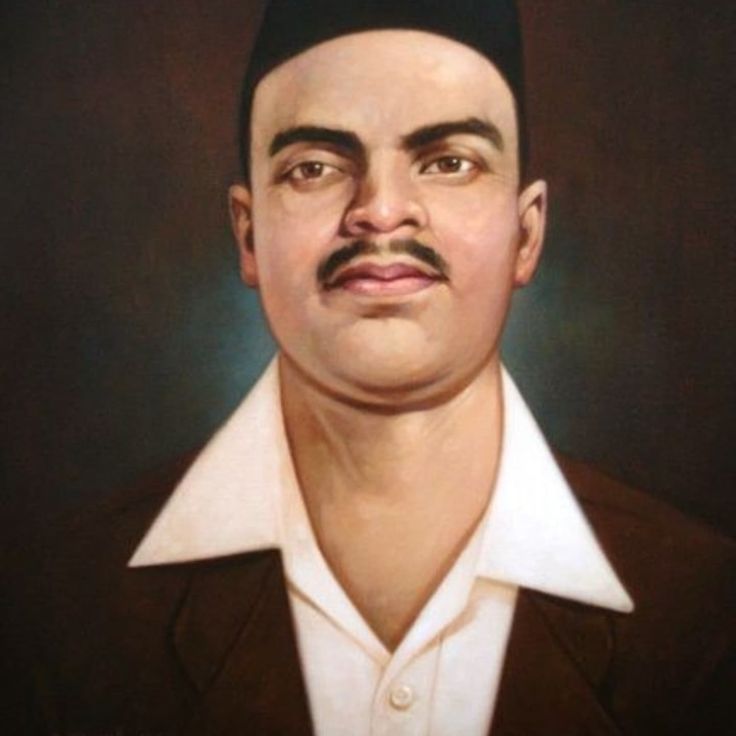
n the annals of India’s freedom struggle, some names blaze like comets—brief, brilliant, and unforgettable. One such name is Rajguru. Born as Shivaram Hari Rajguru in 1908 in Khed, Maharashtra, this young revolutionary didn’t just fight for freedom—he embodied it. At just 22, Rajguru was executed by the British, but his legacy continues to roar through generations. His courage, conviction, and clarity of purpose make him more than a martyr. He is a symbol of youthful rebellion, a voice of resistance, and a reminder that age is no barrier to impact.
Rajguru was not a man of many words, but his actions spoke volumes. Alongside Bhagat Singh and Sukhdev, he became part of a trio that shook the British Empire to its core. Their decision to avenge the death of Lala Lajpat Rai by assassinating British officer J.P. Saunders wasn’t just an act of retaliation—it was a declaration. A declaration that India’s youth would no longer be silent spectators. They would act, they would resist, and they would sacrifice.
What makes Rajguru stand out is not just his bravery, but his clarity. He knew the risks. He knew the consequences. Yet, he chose the path of fire. In a time when fear ruled hearts, Rajguru chose fearlessness. In a society bound by colonial chains, he chose freedom—even if it meant death. That choice, made with unwavering resolve, is what gives his legacy its unshakable power.
Today, as India navigates its modern identity, the story of Rajguru is more relevant than ever. In classrooms, his name sparks curiosity. In protests, his spirit echoes. In social media tributes, his image stands tall. He is not just a historical figure—he is a cultural force. A reminder that rebellion, when rooted in justice, becomes revolution..
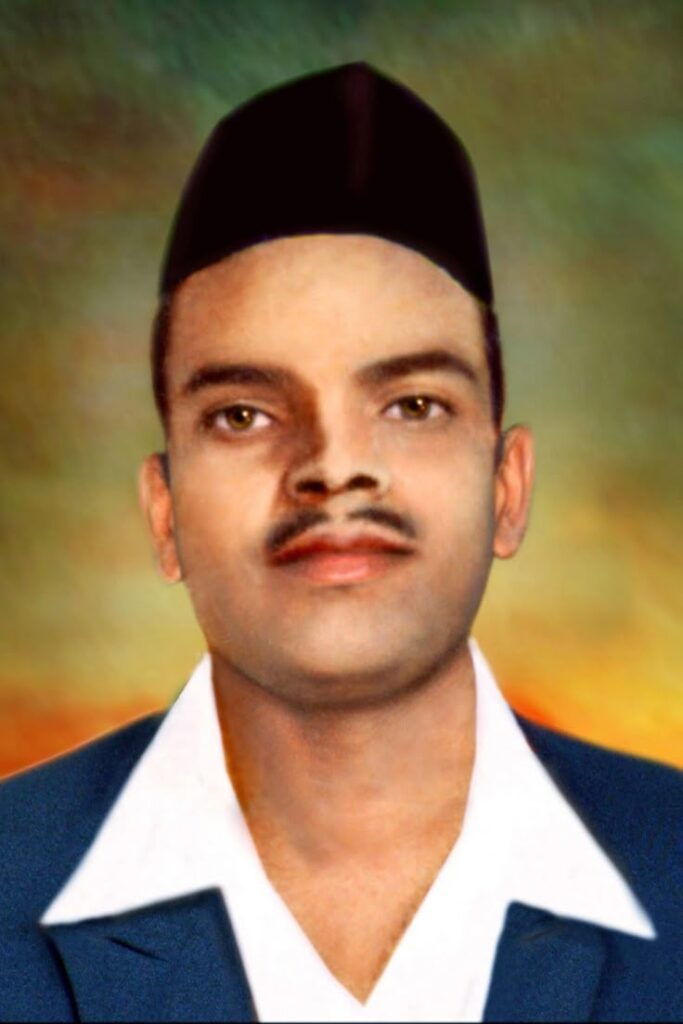
But Rajguru was more than just a revolutionary. He was a thinker, a strategist, and a believer in the power of organized resistance. As a member of the Hindustan Socialist Republican Association (HSRA), he worked to build a network of youth committed to India’s liberation. He didn’t seek fame. He sought freedom. And in doing so, he became immortal.
The execution of Rajguru, Bhagat Singh, and Sukhdev on March 23, 1931, was meant to silence a movement. Instead, it amplified it. Their sacrifice became a rallying cry. Their courage became a curriculum. Their legacy became a lighthouse for generations to come. And among them, Rajguru remains the quiet flame—steady, strong, and unyielding.
In this blog, we explore 7 unshakable truths from Rajguru’s life that continue to inspire India’s youth, leaders, and dreamers. These truths are not just historical facts—they are emotional anchors. They remind us that courage is a choice, that legacy is built in silence, and that one life, lived with purpose, can change a nation.
Whether you’re a student, a creator, or a seeker of legacy, the story of Rajguru offers more than inspiration—it offers direction. It tells you that rebellion is not chaos—it’s clarity. That sacrifice is not weakness—it’s strength. And that history is not just about dates—it’s about decisions.
So let’s walk through the fire Rajguru lit. Let’s understand the truths he lived by. Let’s carry forward the legacy he left behind—not as a memory, but as a movement.
Table of Contents
🔥 Rajguru: Born to Burn Bright
📍 1. A Birth That Lit a Spark (24 August 1908)
In the dusty lanes of Khed, Bombay Presidency, a child was born—not into fame, but into fire. His name: Shivaram Hari Rajguru. The world didn’t notice. But history did. Today, that town bears his name—Rajgurunagar—a tribute to the boy who chose rebellion over routine.
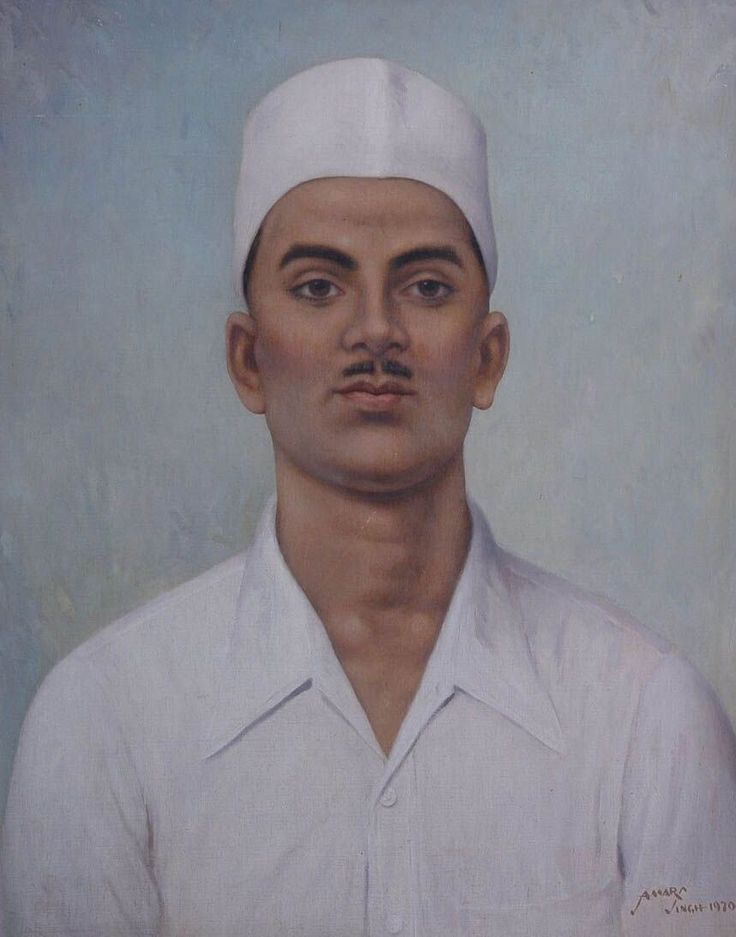
Rajguru wasn’t born into power. He was born into purpose.
📍 2. Shivaram Hari Rajguru: A Name Etched in Defiance
His full name—Shivaram Hari Rajguru—echoes through India’s freedom story. Not just as a revolutionary, but as a symbol of youth that refused to bow. His name wasn’t built in speeches. It was built in silence, sacrifice, and steel.
Rajguru didn’t chase legacy. He became it.
📍 3. Raised in Tradition, Driven by Fire
Rajguru grew up in a Brahmin family, surrounded by discipline, rituals, and cultural pride. But tradition didn’t tame him—it trained him. His mind was sharp, his spirit sharper. He respected roots, but he questioned chains.
His father, Hari Narayan, passed away when Rajguru was still young. That loss carved something deep—a quiet strength. Without a father’s hand to guide him, Rajguru learned to walk alone. And when he walked, he walked toward fire.
📍 4. Childhood in Khed: Where Silence Met Resistance
Khed wasn’t a battlefield. It was a classroom. A place where Rajguru watched, listened, and learned. The British flag flew high, but whispers of resistance flew higher. Rajguru saw injustice not in books, but in the eyes of his people.
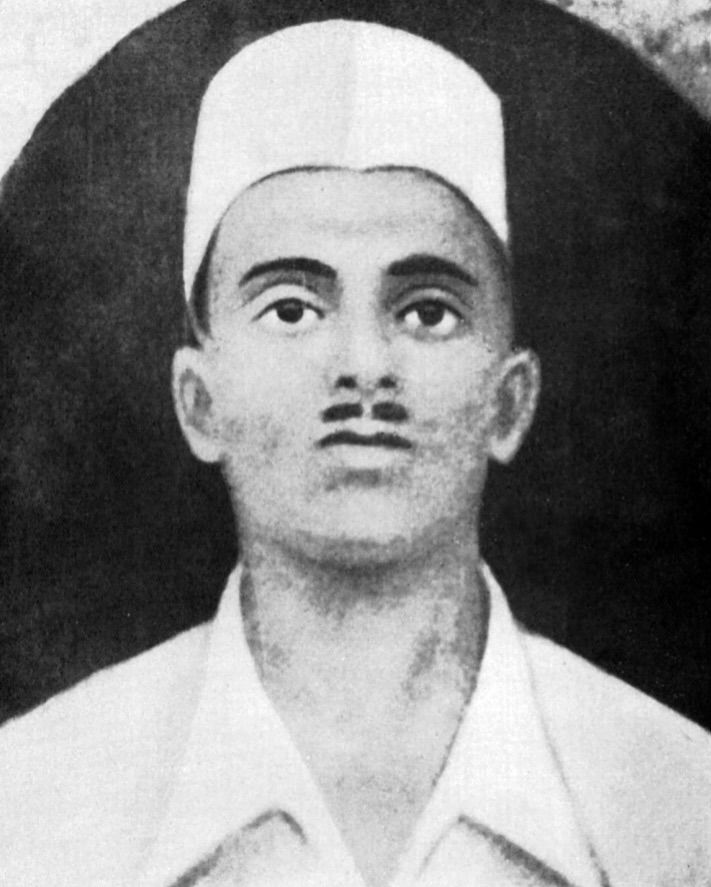
He didn’t shout. He absorbed. He didn’t rebel. He read. And slowly, the boy from Khed began to transform—not into a student, but into a seeker.
📍 5. Education That Ignited a Mind
Rajguru’s early schooling was ordinary. But his thinking wasn’t. He studied at New English High School in Pune, then joined Fergusson College. There, he met ideas that didn’t just educate—they electrified. Tilak’s fire, Vivekananda’s wisdom, and the stories of 1857 stirred something fierce.
He didn’t want marks. He wanted meaning.
📍 6. The Death of Comfort, The Birth of Conviction
Rajguru didn’t finish college. Not because he failed—but because the system had failed India. He saw students chasing degrees while the nation chased freedom. He chose differently. He chose conviction over comfort.
He joined the Hindustan Socialist Republican Association (HSRA). Not for fame. Not for followers. But for freedom. There, he met Bhagat Singh, Sukhdev, and Chandrashekhar Azad—men who didn’t just dream. They dared.
📍 7. Why Rajguru’s Birth Still Matters
Rajguru’s birth wasn’t marked by celebration. But his life became a beacon. In just 22 years, he showed India what it means to live with clarity, to die with courage, and to leave behind a legacy.
He didn’t ask for applause. He asked for action.
📍 8. Rajgurunagar: A Town That Remembers
Today, Khed is Rajgurunagar. Not just a name change—but a soul shift. Every street, every school, every statue whispers his story. The boy who walked those lanes now walks through history.
Rajguru didn’t just belong to a town. He gave it identity.
📍 9. The Seed of Revolution Was Planted Early
Even as a child, Rajguru was drawn to resistance. He saw British officers, heard nationalist slogans, and felt the tension of a nation waiting to rise. He didn’t wait for age. He didn’t wait for permission. He acted.

His early exposure to local activism wasn’t accidental. It was destiny.
📍 10. Rajguru: The Quiet Flame That Roared
Rajguru wasn’t loud. He wasn’t theatrical. But his silence was sharper than speeches. His gaze was heavier than guns. He didn’t need a stage. He needed a cause.
And when the time came, he didn’t hesitate. He stood. He fought. He fell. But he never faded.
🕊️ Final Words: Born to Be More Than a Memory
Rajguru wasn’t just born. He was built. Built by loss, by learning, by legacy. His birth in 1908 wasn’t the start of a life—it was the start of a movement. A movement that still walks beside us, still whispers in classrooms, still burns in protests.
Let this story be more than history. Let it be a trigger. A trigger to act, to question, to rise. Because somewhere in every one of us, there’s a Rajguru waiting to awaken.
📚 Rajguru in the 1920s: From Classroom to Revolution
📍 1. The School That Shaped a Rebel
In the early 1920s, Rajguru walked the halls of New English High School in Pune. To most, it was just another school. But for him, it was a furnace. A place where ideas collided, where colonial textbooks met nationalist whispers. Rajguru didn’t just study—he absorbed. He questioned. He listened to the silence between the lines.
This wasn’t just education. It was ignition.
📍 2. Fergusson College: Where Thought Became Fire
After school, Rajguru joined Fergusson College, a hub of intellectual energy and rising resistance. Here, he met minds that didn’t just teach—they provoked. Professors spoke of freedom, of justice, of India’s stolen soul. Students debated, organized, and dreamed of a nation unchained.
Rajguru wasn’t a passive learner. He was a seeker. And Fergusson gave him fuel.
📍 3. The Influence of Titans
Inside those classrooms and outside them, Rajguru found his ideological mentors—not in person, but in thought. Bal Gangadhar Tilak, with his cry of “Swaraj is my birthright”, became a voice in Rajguru’s head. Lokmanya Tilak, with his fearless journalism and fiery speeches, showed him that words could be weapons.
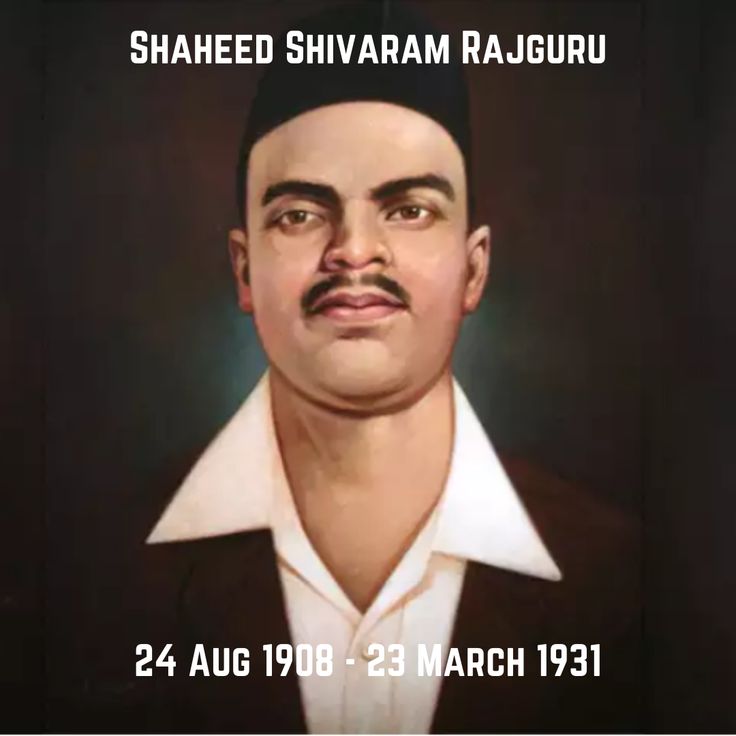
And then came Swami Vivekananda. His message wasn’t political—it was spiritual. But it struck deep. “Arise, awake, and stop not till the goal is reached.” For Rajguru, that goal was freedom. Vivekananda gave him the courage to chase it.
These weren’t just influences. They were blueprints.
📍 4. The Break from Formal Education
Rajguru didn’t drop out. He broke out. He saw that degrees wouldn’t dismantle empires. That classrooms couldn’t contain revolution. So he left formal education—not in defeat, but in defiance.
He chose action over academics. Resistance over routine. And in doing so, he stepped into history.
📍 5. The Birth of a Revolutionary Mindset
Leaving college wasn’t the end. It was the beginning. Rajguru joined the Hindustan Socialist Republican Association (HSRA), where ideas became plans and plans became missions. He wasn’t just a follower. He was a thinker, a strategist, a believer.
His education didn’t stop. It evolved. From books to bullets. From lectures to legacies.
📍 6. Why Rajguru’s 1920s Still Matter
The 1920s weren’t just a decade. They were a transformation. Rajguru entered as a student. He emerged as a revolutionary. His journey from New English High School to Fergusson College, and then into the heart of India’s resistance, is a roadmap for every youth who dreams of impact.
He didn’t wait for permission. He created purpose.
📍 7. Lessons for Today’s Youth
Rajguru’s story isn’t stuck in history. It’s alive. It tells us that education is not just about marks—it’s about meaning. That inspiration can come from books, but transformation comes from belief.
He teaches us that rebellion begins in thought. That courage is a choice. And that one student, with clarity and conviction, can shake an empire.
🕊️ Final Words: Rajguru’s Classroom Was India
Rajguru didn’t just learn in school. He learned from India. From its pain, its pride, its potential. The 1920s gave him tools. He used them to build a legacy.
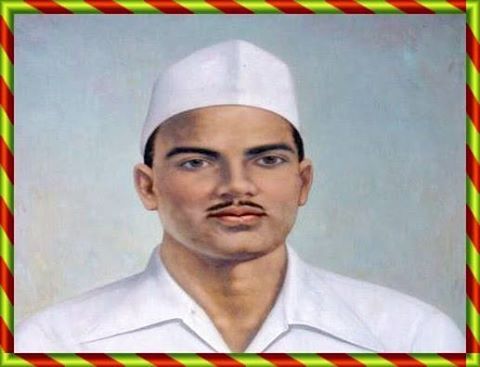
Let this chapter be more than a tribute. Let it be a trigger. A trigger to think, to act, to rise. Because somewhere in every classroom, there’s a Rajguru waiting to awaken.
🧨 Rajguru (1924–1928): When the Quiet Flame Turned to Fire
📍 1. The Moment He Crossed the Line
By 1924, Rajguru was no longer just a student. He was a storm waiting to break. The lectures were behind him. The battlefield ahead. India was bleeding under British boots, and Rajguru had seen enough. He didn’t want to write essays about freedom. He wanted to fight for it.
That year, he made a decision that would define his life—and shake the empire.
📍 2. Joining the HSRA: Brotherhood of Fire
Rajguru became a member of the Hindustan Socialist Republican Association (HSRA)—a secretive, disciplined, and fearless revolutionary group. This wasn’t a club. It was a commitment. A vow to live for the nation—and die for it if needed.
The HSRA wasn’t about speeches. It was about action. And Rajguru fit right in.
📍 3. Training for War, Not Words
Between 1924 and 1928, Rajguru trained in arms, strategy, and guerrilla warfare. He wasn’t just reading about revolutions—he was preparing to lead one. He learned to shoot, to vanish, to strike. He moved between Maharashtra and Punjab, building networks, dodging surveillance, and sharpening his resolve.
This wasn’t a phase. It was a transformation. From student to soldier. From thinker to thunder.
📍 4. Brotherhood of Blood: Bhagat Singh, Sukhdev, Azad
In the HSRA, Rajguru found more than comrades. He found brothers. Bhagat Singh, with his intellect and fire. Sukhdev, with his discipline and depth. Chandrashekhar Azad, the fearless mentor who never bowed.
Together, they weren’t just planning protests. They were crafting history. Every meeting was a mission. Every handshake, a pact. Every silence, a strategy.
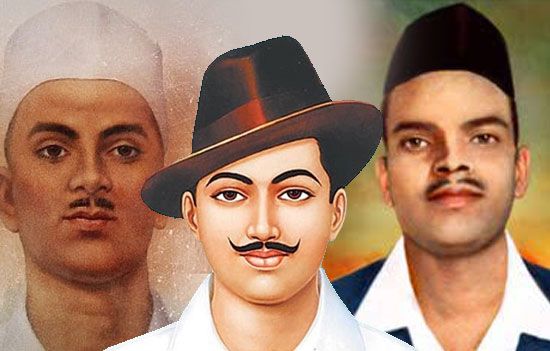
Rajguru wasn’t a side character. He was the trigger.
📍 5. The Philosophy of Direct Action
Rajguru believed in direct action. Not chaos—but calculated courage. He didn’t believe in waiting for mercy. He believed in making the oppressor feel the cost of oppression. For him, every bullet fired was a message: India will not kneel.
He wasn’t reckless. He was ready. Ready to strike. Ready to sacrifice.
📍 6. The Road Between Maharashtra and Punjab
Rajguru’s journey wasn’t confined to one region. He moved between Maharashtra and Punjab, carrying messages, weapons, and ideas. He was the bridge between two fires—Maharashtra’s legacy of resistance and Punjab’s rising rage.
He traveled in shadows, but his mission was clear: unite the youth, arm the brave, and awaken the sleeping soul of India.
📍 7. The Making of a Martyr in Motion
These four years—1924 to 1928—were not just preparation. They were purification. Rajguru shed fear, comfort, and hesitation. He embraced danger like a brother. He knew the risks. He welcomed them.
He wasn’t chasing death. He was chasing dignity—for a nation that had been denied it for too long.
📍 8. Why These Years Still Matter
In just four years, Rajguru went from a student to a symbol. He didn’t wait for a title. He didn’t need a podium. He chose the underground over the spotlight. The bullet over the ballot. The mission over the myth.
And in doing so, he became immortal.
📍 9. Lessons from Rajguru’s Revolution
- Purpose is louder than fear. Rajguru didn’t flinch. He focused.
- Brotherhood builds revolutions. Alone, he was fire. Together, they were a storm.
- Action defines legacy. Not words. Not age. Not applause.
📍 10. Rajguru: The Name That Refused to Whisper
By 1928, Rajguru was no longer just a name. He was a code, a signal, a threat to the British Empire. His belief in direct action wasn’t about violence—it was about visibility. He wanted the world to see that India’s youth would no longer be silent.
He didn’t want to be remembered. He wanted to be felt.
🕊️ Final Words: The Fire Before the Flame
The years between 1924 and 1928 were Rajguru’s crucible. A time when he chose the underground over the classroom. When he chose bullets over books. When he chose to live for something greater than himself.
Let this chapter remind us: Revolution doesn’t begin with a crowd. It begins with one person who refuses to wait. Rajguru was that person. And his fire still burns.
⚔️ 17 December 1928: Assassination of J.P. Saunders
📍 1. The Wound That Sparked a Storm
In October 1928, Lala Lajpat Rai, the Lion of Punjab, led a peaceful protest against the Simon Commission in Lahore. The British responded with brutality. Police officer James A. Scott ordered a lathi charge. Rai was struck down. Days later, he died.
But his words before death echoed louder than any slogan:
“Every blow on my body will prove a nail in the coffin of British rule.”
Those words reached three young men—Bhagat Singh, Sukhdev, and Rajguru. And they didn’t just mourn. They moved.
📍 2. The Plan: Justice, Not Revenge
The trio didn’t act out of rage. They acted out of resolve. They believed in direct action—not chaos, but consequence. The British had silenced a voice. Now, the revolutionaries would answer.
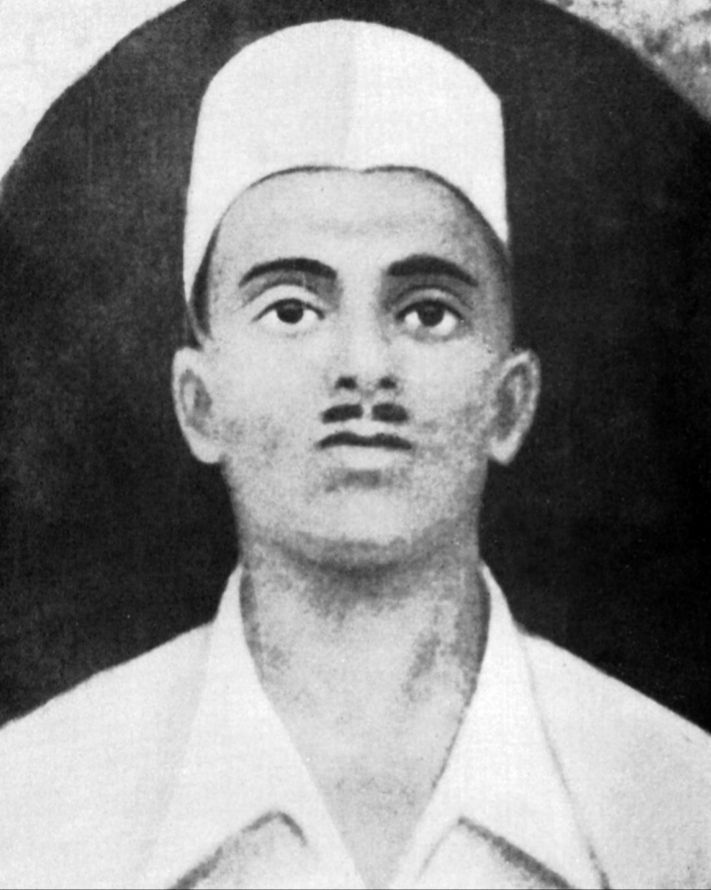
Their target: James Scott, the officer responsible for Rai’s death. The mission was clear. The message was sharper: India will not forget. India will not forgive.
📍 3. The Mistake That Made History
On 17 December 1928, the plan was set in motion. But fate had its own twist. In a tragic case of mistaken identity, the revolutionaries encountered J.P. Saunders, another British police officer, and mistook him for Scott.
Rajguru, positioned as the shooter and lookout, acted with precision. He fired the first shot. Bhagat Singh followed. Saunders fell. The mission had changed—but the message remained.
The British had taken a lion. Now, they faced a storm.
📍 4. Rajguru’s Role: Calm in the Crossfire
Rajguru wasn’t just a trigger man. He was the tactician, the eyes, the shield. His role was to ensure the plan moved like clockwork. And it did. His shot was clean. His escape, calculated.
He didn’t flinch. He didn’t hesitate. In that moment, Rajguru wasn’t just a revolutionary. He was a symbol of fearless precision.
📍 5. The Escape: Disappearing into the Crowd
After the assassination, the trio vanished. Disguises, safe houses, and silence became their weapons. Rajguru moved between Punjab and Maharashtra, evading British intelligence with the same sharpness he showed in action.
He wasn’t running. He was regrouping. Because for Rajguru, the mission was never over. It was just beginning.
📍 6. The Message Behind the Bullet
The British called it murder. India called it awakening. The assassination of Saunders wasn’t just about one man. It was about justice denied and dignity reclaimed.
Rajguru believed that when the law becomes a weapon of oppression, resistance becomes a duty. His bullet wasn’t fired in hate. It was fired in honor—for Lala Lajpat Rai, for India, for every silenced voice.
📍 7. The Power of Youth in Action
Rajguru was just 20 years old. But his clarity could cut steel. He didn’t wait for age. He didn’t wait for approval. He saw injustice, and he acted.
In a world that often doubts the power of youth, Rajguru proved that age is not a limit—it’s a launchpad.
📍 8. Why This Moment Still Matters
The assassination of Saunders was a turning point. It shook the British. It stirred the nation. It showed that India’s youth were not afraid to bleed for freedom.
And at the heart of it stood Rajguru—calm, committed, and unshakable.
📍 9. Lessons from 17 December 1928
- Justice is not passive. It demands action.
- Courage is not loud. It’s precise.
- Legacy is not born in comfort. It’s carved in consequence.
📍 10. Rajguru: The Name Behind the Shot
History often remembers the loudest voices. But Rajguru was the silence before the storm. The steady hand. The unwavering aim. The mind that didn’t blink when the moment came.
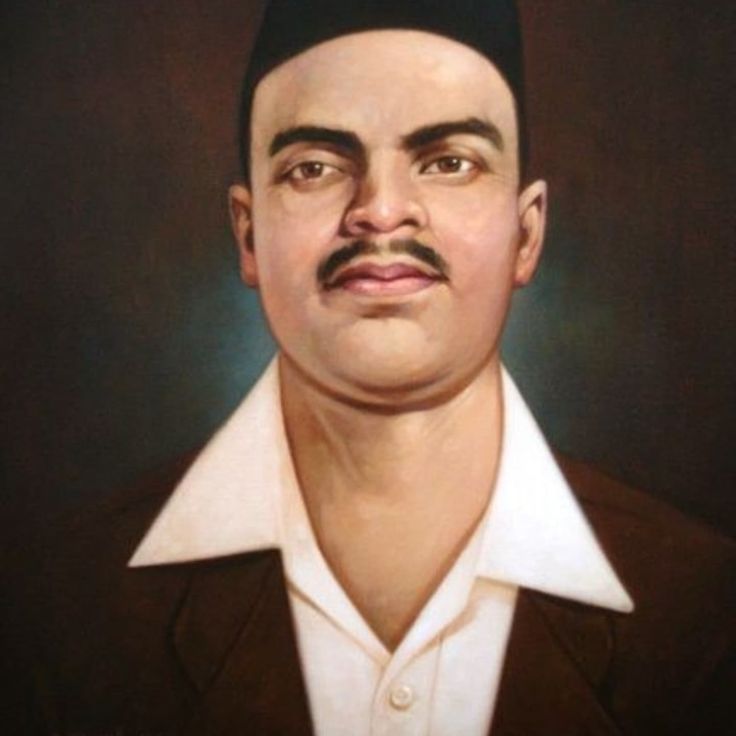
He didn’t seek glory. He sought freedom. And in that pursuit, he became immortal.
🕊️ Final Words: The Shot That Still Echoes
17 December 1928 wasn’t just a date. It was a declaration. A moment when three young men told the world: India will rise, even if it must bleed first.
Rajguru’s role in that moment wasn’t accidental. It was earned. Through training, thought, and total commitment. His bullet didn’t just end a life. It ignited a generation.
Let this story be more than a memory. Let it be a mirror. Because somewhere in every one of us, there’s a Rajguru—waiting, watching, ready to rise.
🕶️ 1929–1930: Rajguru in the Shadows — The Underground Resistance
📍 1. After the Fire, the Silence
The assassination of J.P. Saunders had lit a fire across India. But for Rajguru, it marked the beginning of a new war—one fought in silence, shadows, and secrecy. The British Empire was furious. The revolutionaries had struck hard. Now, they had to vanish.
Rajguru didn’t disappear out of fear. He disappeared to fight smarter.
📍 2. Going Underground: Not Hiding, Strategizing
In early 1929, Rajguru went underground. But this wasn’t retreat—it was recalibration. The British had intensified their crackdown. Arrests, raids, surveillance. Every street had eyes. Every whisper was a risk.
But Rajguru didn’t stop. He simply changed form. From visible fire to invisible force.
📍 3. The Mission Continues: Words as Weapons
Even in hiding, Rajguru remained active. He worked with the Hindustan Socialist Republican Association (HSRA) to spread revolutionary literature—pamphlets, manifestos, underground newspapers. These weren’t just words. They were weapons. Each line was a bullet aimed at colonial lies.
He believed that revolutions weren’t just fought with guns. They were fought with ideas.
📍 4. Organizing the Youth: Building the Next Wave
Rajguru knew that the British feared one thing more than bullets—awakened youth. So he focused on organizing students, workers, and young minds. He moved quietly, meeting in secret, planting seeds of rebellion.
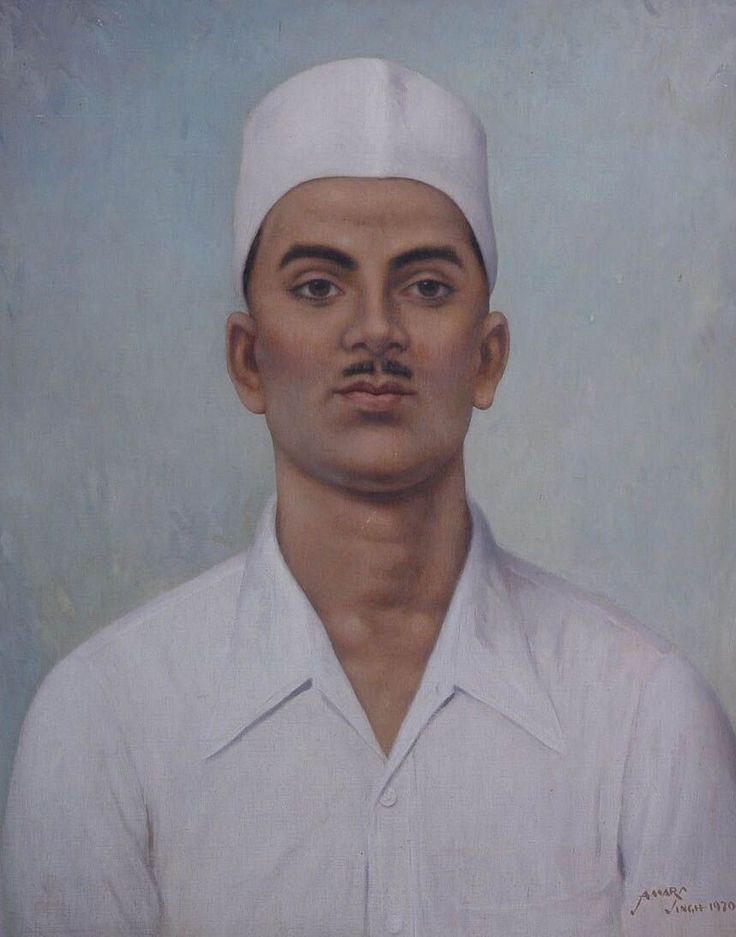
He didn’t need a stage. He needed a spark. And he lit many.
📍 5. The Map of Resistance: Punjab, Delhi, Maharashtra
Rajguru’s underground journey was a web of safe houses, secret routes, and coded messages. He moved between Punjab, Delhi, and Maharashtra, staying one step ahead of British intelligence.
Each city gave him something:
- Punjab gave him fire.
- Delhi gave him reach.
- Maharashtra gave him roots.
He wasn’t running. He was reconnecting the revolution.
📍 6. The British Hunt Begins
The British Empire was rattled. They launched a full-scale manhunt. Posters. Rewards. Informants. They wanted Rajguru, Bhagat Singh, and Sukhdev—dead or alive. Every alley was watched. Every whisper followed.
But Rajguru was a ghost. A shadow with a mission. He knew the terrain. He trusted few. He moved with purpose.
📍 7. The Cost of Silence
Living underground wasn’t heroic. It was hard. Hunger. Isolation. Constant danger. Rajguru couldn’t see his family. Couldn’t use his name. Couldn’t rest. But he never complained.
Because he knew: freedom isn’t free. It demands everything.
📍 8. The Power of the Invisible
Rajguru’s underground work didn’t make headlines. But it made history. He kept the HSRA alive. He kept the youth engaged. He kept the fire burning when the world thought it had gone out.
Sometimes, the most powerful revolutions are the ones you don’t see.
📍 9. Why This Chapter Still Matters
In today’s world of noise, Rajguru’s silence is a lesson. He teaches us that impact doesn’t always need applause. That real work often happens off-camera. That legacy is built in the dark before it shines in the light.
📍 10. Rajguru: The Shadow That Shook the Empire
Between 1929 and 1930, Rajguru became more than a revolutionary. He became a symbol of unseen resistance. A man who chose the shadows not to hide—but to strike deeper.
He wasn’t just escaping. He was evolving.
🕊️ Final Words: The Quiet Before the Storm
The underground years were Rajguru’s test. A test of patience, purpose, and pain. And he passed it—not with noise, but with nerve. Not with fame, but with focus.
Let this chapter remind us: You don’t need to be seen to make history. You just need to believe. Rajguru believed. And because of that, India moved one step closer to freedom.
🚨 1930: Rajguru’s Arrest and Trial — The Final Stand
📍 1. The Silence Before the Storm
By 1930, the British Empire was restless. The revolutionaries had struck hard. The assassination of J.P. Saunders had shaken colonial confidence. Underground networks were buzzing. Pamphlets were spreading. Youth were awakening. And somewhere in the shadows, Rajguru was still moving—quiet, focused, unafraid.
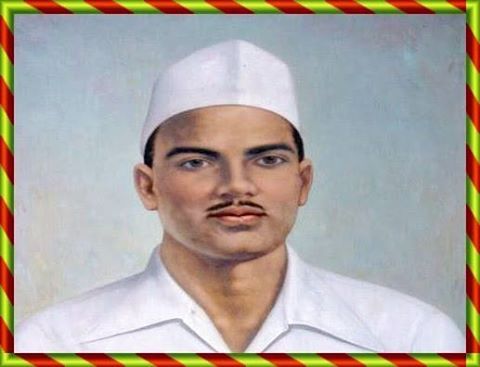
But the net was tightening. British intelligence had intensified its search. Every whisper was tracked. Every ally watched. And then, in the heart of Pune, the silence broke.
📍 2. The Arrest in Pune
Rajguru was arrested. No drama. No resistance. Just a quiet surrender. But it wasn’t weakness—it was readiness. He knew this moment would come. He didn’t run. He didn’t plead. He stood.
The British thought they had captured a rebel. What they didn’t realize was—they had invited a storm into their courtroom.
📍 3. The Lahore Conspiracy Case Begins
Rajguru was taken to Lahore. Alongside Bhagat Singh and Sukhdev, he was charged under the infamous Lahore Conspiracy Case. The charge: conspiracy to murder a British officer. The evidence: their own actions. The punishment: death.
But the trial wasn’t just about guilt. It was about grit.
📍 4. The Courtroom Becomes a Battlefield
Inside the courtroom, Rajguru didn’t flinch. He didn’t apologize. He didn’t beg. He stood with pride. With clarity. With fire. Every question was met with silence or steel. Every accusation, with calm defiance.
He didn’t see the judge as authority. He saw him as a symbol of oppression. And he refused to bow.
📍 5. No Mercy, No Regret
The British offered options. Plead for mercy. Cooperate. Save yourself. Rajguru refused. Not once. Not ever. He didn’t want freedom bought with compromise. He wanted freedom earned through sacrifice.
His silence was louder than any speech. His refusal, more powerful than any protest.
📍 6. The Trio That Shook the Empire
Rajguru, Bhagat Singh, and Sukhdev weren’t just co-accused. They were co-architects of resistance. In the courtroom, they stood together—not as criminals, but as challengers. Their unity was unbreakable. Their resolve, unshakable.
They didn’t defend themselves. They defended an idea. That India deserved to be free. That youth had the right to rise.
📍 7. Hunger Strike and Political Identity
During the trial, Bhagat Singh and others launched a hunger strike to demand recognition as political prisoners. Rajguru supported the cause. The strike wasn’t about food. It was about dignity. About being seen not as rebels, but as revolutionaries.
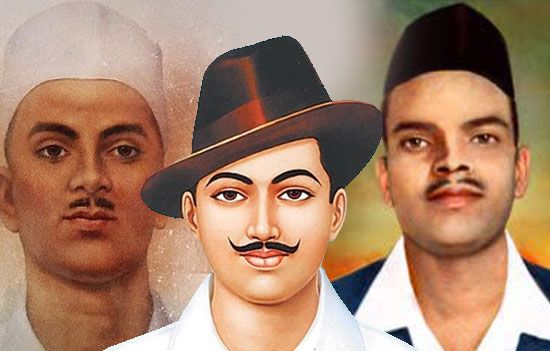
The British tried to break them. But the trio stood firm. Their bodies weakened. Their spirits soared.
📍 8. The Verdict: Death
The trial ended with a sentence. Death by hanging. The British thought it was closure. But it was ignition. Across India, protests erupted. Students marched. Workers rallied. The names of Rajguru, Bhagat Singh, and Sukhdev became chants, became songs, became legends.
The verdict didn’t silence them. It amplified them.
📍 9. Rajguru’s Final Days
In prison, Rajguru remained calm. He wrote. He reflected. He prepared. Not for escape—but for eternity. He knew his time was short. But his impact was long.
He didn’t fear death. He welcomed it. Because for him, dying for the nation wasn’t the end. It was the beginning.
📍 10. The Execution That Became Immortality
On 23 March 1931, Rajguru was hanged in Lahore Central Jail. Alongside Bhagat Singh and Sukhdev. The execution was carried out in secret. But the news spread like wildfire.
India mourned. India rose. And Rajguru’s name was etched into the soul of the nation.
🕊️ Final Words: The Trial That Became a Testament
Rajguru’s arrest and trial weren’t just legal events. They were moral victories. He didn’t win the case. He won the country’s heart. His defiance, his silence, his refusal to bend—these became lessons. For generations. For movements. For every soul that seeks justice.
🪦 23 March 1931: The Night India Held Its Breath
📍 1. The Final Morning
The sun rose like any other day. But inside Lahore Central Jail, time was running out. Three young men—calm, resolute, unshaken—prepared for the inevitable. No tears. No panic. Just silence. And strength.
They had known this moment was coming. They had accepted it. Not as punishment, but as passage.
📍 2. The Decision to Hang
The British authorities had made their choice. The verdict was death. The method: hanging. The reason: rebellion. But the real reason was fear. These three men had become more than revolutionaries. They had become symbols. And symbols, the empire knew, were dangerous.
So they chose to silence them. Not in daylight. But in darkness.
📍 3. The Secret Execution
On the night of 23 March 1931, the jail gates were locked tighter than usual. No announcements. No witnesses. No last-minute appeals. The execution was carried out hours before the scheduled time. The goal was simple—avoid unrest. Avoid riots. Avoid the roar of a grieving nation.
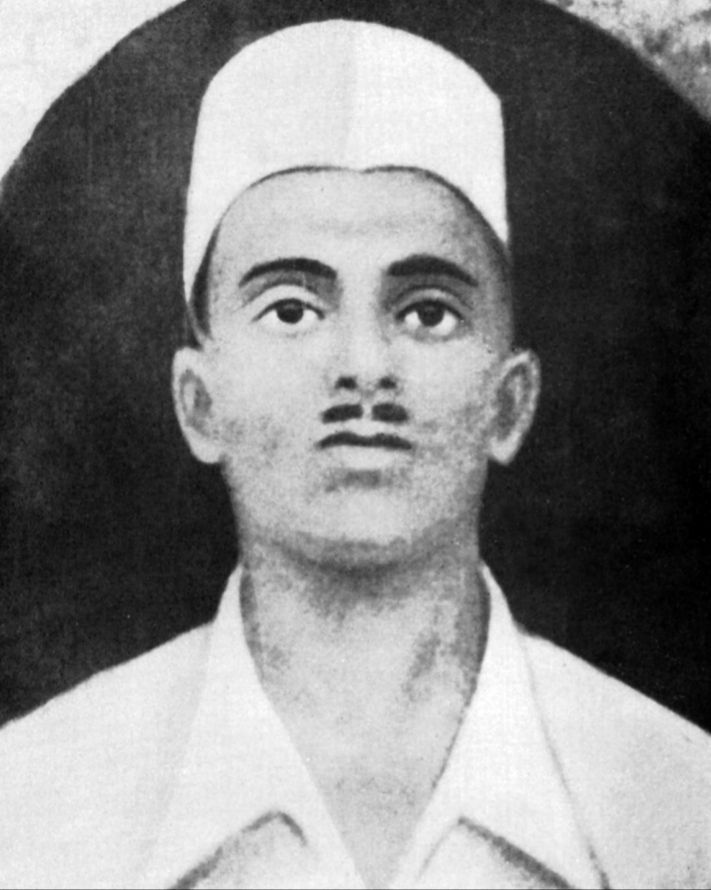
But silence has its own sound. And that night, it echoed.
📍 4. The Final Walk
They walked to the gallows with heads held high. No chains could bend their spirit. No guards could shake their resolve. They didn’t plead. They didn’t protest. They stood.
One by one, they stepped forward. Not as victims. But as warriors.
📍 5. The Rope and the Revolution
The rope tightened. The bodies fell. But the revolution rose. Across India, the news spread like wildfire. Students wept. Workers marched. Mothers lit lamps. Fathers clenched fists. The names of the three men became chants, became prayers, became promises.
They had died. But they had not been defeated.
📍 6. The Cremation Without Closure
Their bodies were not returned to their families. Instead, they were taken in secret to the banks of the Sutlej River. Cremated without ceremony. Without consent. Without dignity.
But fire doesn’t need permission. And that fire became a flame in every Indian heart.
📍 7. The Families Left in Silence
Back home, their families waited. Hoping. Praying. Dreading. And then the news arrived—not through officials, but through whispers. Their sons were gone. Not in battle. But behind bars.
No last words. No final embrace. Just absence.
📍 8. The Nation Responds
India didn’t mourn quietly. Protests erupted. Schools shut down. Flags flew half-mast. Poems were written. Songs were sung. The trio became legends—not because they died, but because they chose how to die.
They didn’t ask for mercy. They asked for meaning.
📍 9. The Legacy of the Gallows
The gallows at Lahore didn’t just take lives. It gave birth to a movement. A movement that refused to forget. That refused to forgive. That refused to fall.
Every year, on 23 March, candles are lit. Statues are garlanded. Speeches are made. But the real tribute lies in action—in living with the same fire they died with.
📍 10. The Power of Sacrifice
They were young. Barely in their twenties. But their clarity was timeless. They didn’t die for fame. They died for freedom. And in doing so, they taught a nation that courage isn’t loud—it’s lasting.
Their sacrifice wasn’t the end. It was the beginning.
🕊️ Final Words: The Night That Lit a Thousand Lamps
23 March 1931 wasn’t just a date. It was a declaration. A moment when three young men chose death over compromise. Silence over surrender. Fire over fear.
They didn’t leave behind wealth. They left behind will. A will to rise. To resist. To remember.
Let this story be more than history. Let it be a mirror. Because somewhere in every one of us, there’s a spark waiting to become a flame.
🪦 Legacy: The Flame That Refused to Fade
📍 1. A Town Renamed, A Spirit Remembered
There are places that carry history. And then there are places that become history. The quiet town where he was born—once known as Khed—was renamed to honor the fire he lit. Today, it stands as Rajgurunagar. Not just a name change, but a soul shift.
Every street, every school, every whisper in that town carries his story. He didn’t ask for monuments. He became one.
📍 2. Shaheed Diwas: A Day That Belongs to the Brave
Every year, on 23 March, the nation pauses. Flags fly low. Lamps are lit. Voices rise. It’s not just a day of mourning—it’s a day of meaning. Shaheed Diwas isn’t about remembering death. It’s about honoring courage.
On this day, people gather. Not to cry, but to carry forward. His sacrifice, along with his brothers, is not just remembered—it’s relived.
📍 3. Statues, Schools, and Streets That Speak
Across India, his name stands tall. In stone. In steel. In syllables. Statues rise in city squares. Schools teach his story. Roads carry his name forward, mile after mile.
But these aren’t just tributes. They’re reminders. That one life, lived with clarity, can shape a nation’s conscience.
📍 4. A Symbol Etched in Time
He was young. He was quiet. He was fierce. His life wasn’t long, but it was loud in meaning. Today, he stands as a symbol—not just of rebellion, but of responsibility. Not just of courage, but of conviction.
He didn’t fight for fame. He fought for freedom. And in doing so, he became timeless.
📍 5. The Youth Still Carry Him
In classrooms, his name sparks questions. In protests, his image rises. In poems, his silence speaks. He is not just a figure from the past. He is a force in the present.
Young hearts still find him. In textbooks. In songs. In moments of doubt. He reminds them: stand tall, speak truth, act with fire.
📍 6. The Legacy Beyond Monuments
Legacy isn’t built in marble. It’s built in memory. In action. In the choices people make when no one’s watching. His legacy lives in every person who refuses to bow. In every voice that rises against injustice. In every hand that builds instead of breaks.
He didn’t leave behind wealth. He left behind will.
📍 7. A Name That Refuses to Fade
Time moves. Generations change. But some names refuse to fade. His is one of them. Not because of what he said. But because of what he stood for.
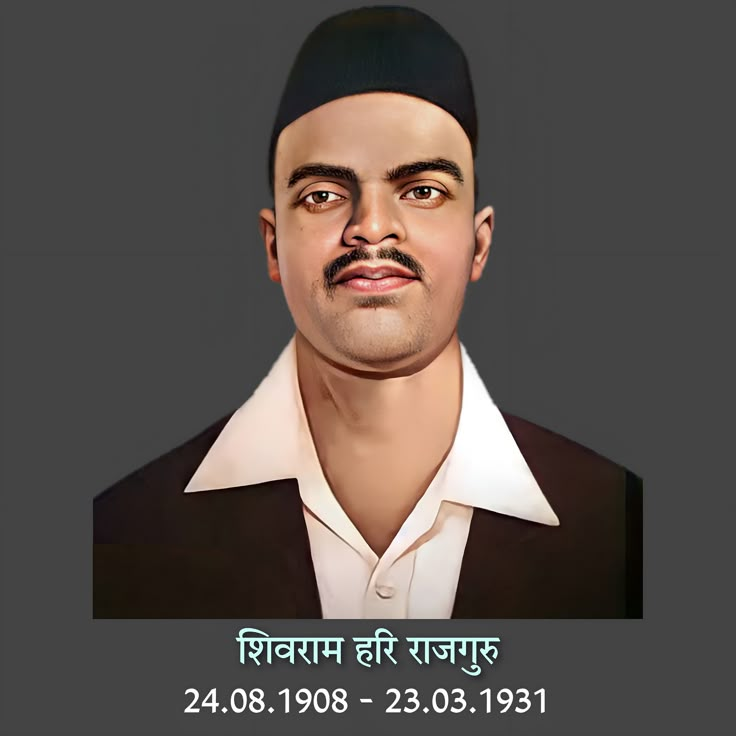
He didn’t write books. He wrote history—with silence, with sacrifice, with strength.
📍 8. The Fire Still Burns
Legacy isn’t about being remembered. It’s about being felt. And he is still felt. In the pulse of the nation. In the pride of the people. In the quiet courage of those who choose to stand when it’s easier to sit.
He didn’t just live. He lit a path.
🕊️ Final Words: The Echo That Never Ends
His story didn’t end at the gallows. It began there. Every tribute, every statue, every school that bears his name is a promise. A promise to carry forward what he stood for. To live with the same fire. To never forget that one life, lived with purpose, can move mountains.
Let this legacy be more than memory. Let it be movement. Because somewhere in every one of us, there’s a spark waiting to rise.
🧭 Conclusion: Rajguru — The Quiet Flame That Lit a Nation
Some heroes roar. Others burn in silence. Rajguru was the latter. He didn’t seek the spotlight. He didn’t write manifestos or deliver fiery speeches. His message was his life. His protest was his sacrifice.
From the narrow lanes of Khed to the gallows of Lahore, Rajguru’s journey was short in years but vast in meaning. He was not a man of many words, but every action he took spoke volumes. He studied, questioned, resisted, and when the time came—he stood. Not for himself, but for a nation still learning to rise.
He didn’t ask for applause. He asked for justice. He didn’t wait for change. He became it.
What makes Rajguru unforgettable is not just what he did—but how he did it. With precision. With purpose. With pride. He didn’t flinch in the face of death. He embraced it, knowing that his end would become India’s beginning.
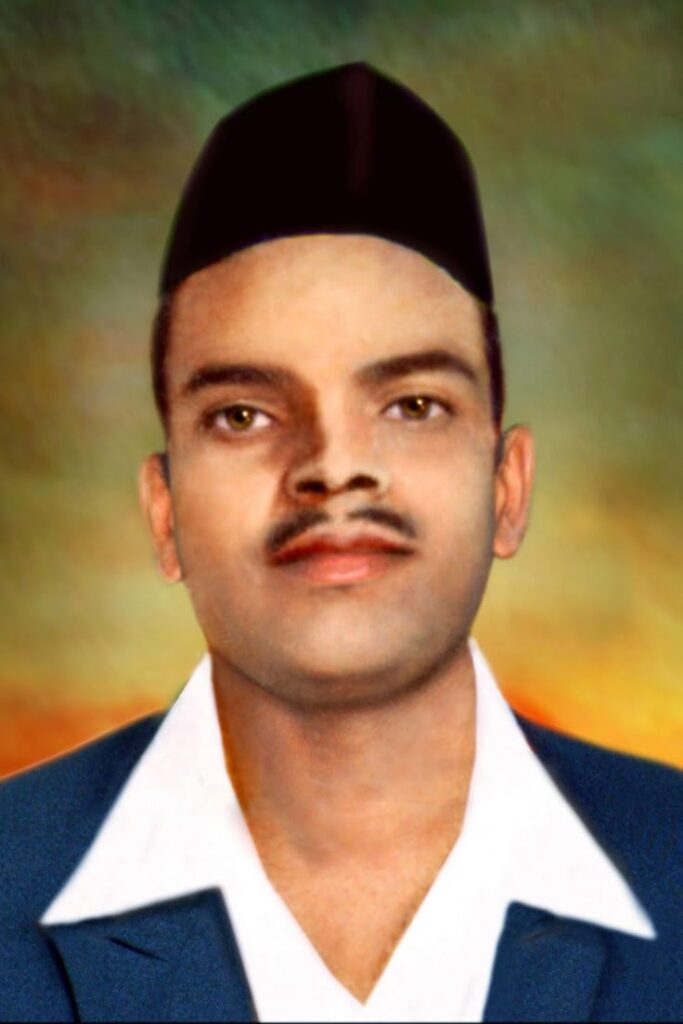
Even in his final moments, there was no fear. Only fire.
Today, his name lives on—not just in statues or textbooks, but in the spirit of every young Indian who dares to question, to dream, to act. His hometown bears his name. His story echoes every year on Shaheed Diwas. And his legacy walks beside us—in classrooms, in protests, in quiet acts of courage.
Rajguru reminds us that true revolution doesn’t always need a microphone. Sometimes, it just needs a moment. A decision. A refusal to bow.
Let us carry his story not as a relic, but as a responsibility. Let us teach it, share it, live it. Because the fight for justice, dignity, and freedom didn’t end in 1931. It continues—in every generation that chooses courage over comfort.
Rajguru may have walked into the shadows. But he left behind a light that refuses to die.
Internal Links: 1.https://historyverse7.com/bal-gangadhar-tilak/ 2.https://historyverse7.com/bhagat-singh/
External Links: https://en.wikipedia.org/wiki/Shivaram_Rajguru 2.https://www.studyiq.com/articles/shivaram-hari-rajguru-biography/?srsltid=AfmBOork2hubftF8Uobzjv8_DyTDepiT4LXMKytARyidCQwXjIyreny3
📘 FAQ: Understanding Rajguru
1. What did Rajguru sacrifice beyond his life?
Answer: Rajguru sacrificed anonymity. He chose a path where every step was watched, every ally was a risk, and every moment was borrowed time. He gave up family, comfort, and the chance to grow old—all for a nation that hadn’t yet found its voice.
2. If Rajguru had lived longer, what kind of India might he have helped shape?
Answer: Rajguru’s vision was rooted in fearless youth and uncompromising justice. Had he lived, he might have built underground schools of resistance, trained future leaders in clarity and courage, and pushed for a republic where rebellion wasn’t punished—but respected.
3. Why did Rajguru never seek fame or public recognition?
Answer: Because for him, impact mattered more than applause. He believed that true revolutionaries work in silence, strike with precision, and vanish before the crowd gathers. His legacy wasn’t built on speeches—it was built on sacrifice.
4. What was Rajguru’s greatest strength that history rarely mentions?
Answer: His ability to wait. In a world rushing toward action, Rajguru mastered patience. He waited for the right moment, the right target, the right strike. His silence wasn’t hesitation—it was strategy.
5. How does Rajguru challenge today’s definition of heroism?
Answer: Today, heroism is often loud, visible, and celebrated. Rajguru flips that. He shows us that heroism can be quiet, hidden, and deeply personal. That the most powerful acts are often the ones no one sees—until they change everything.
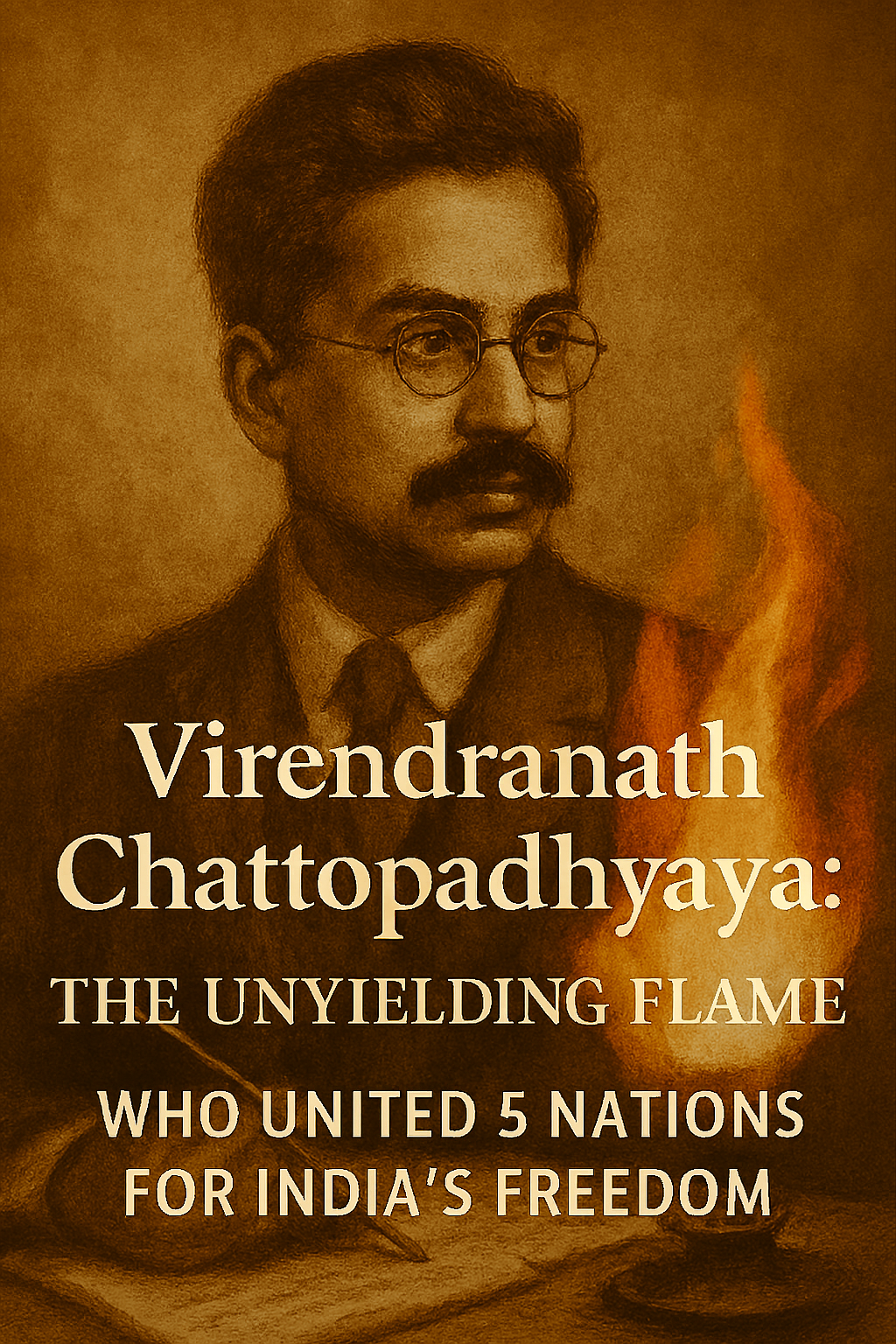
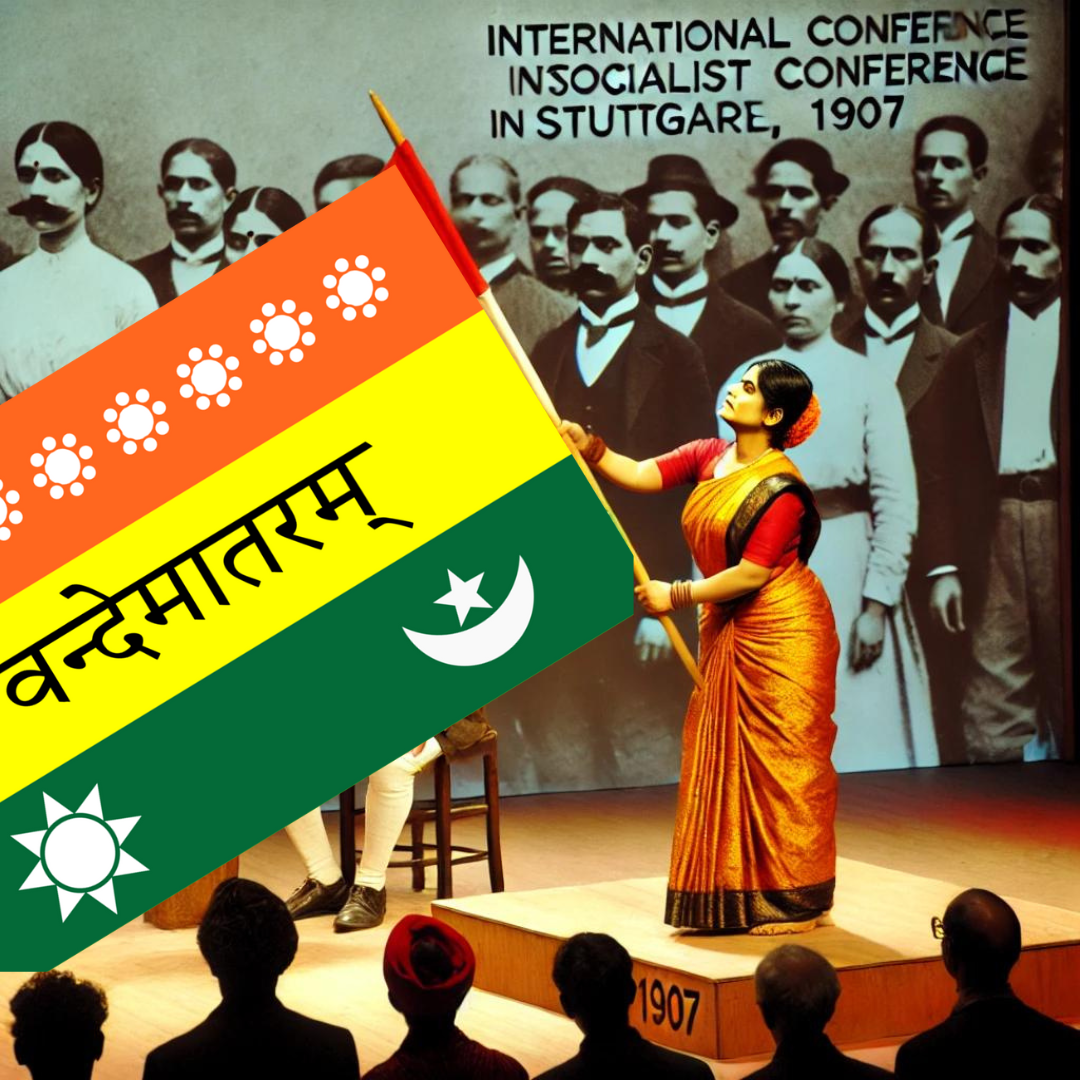
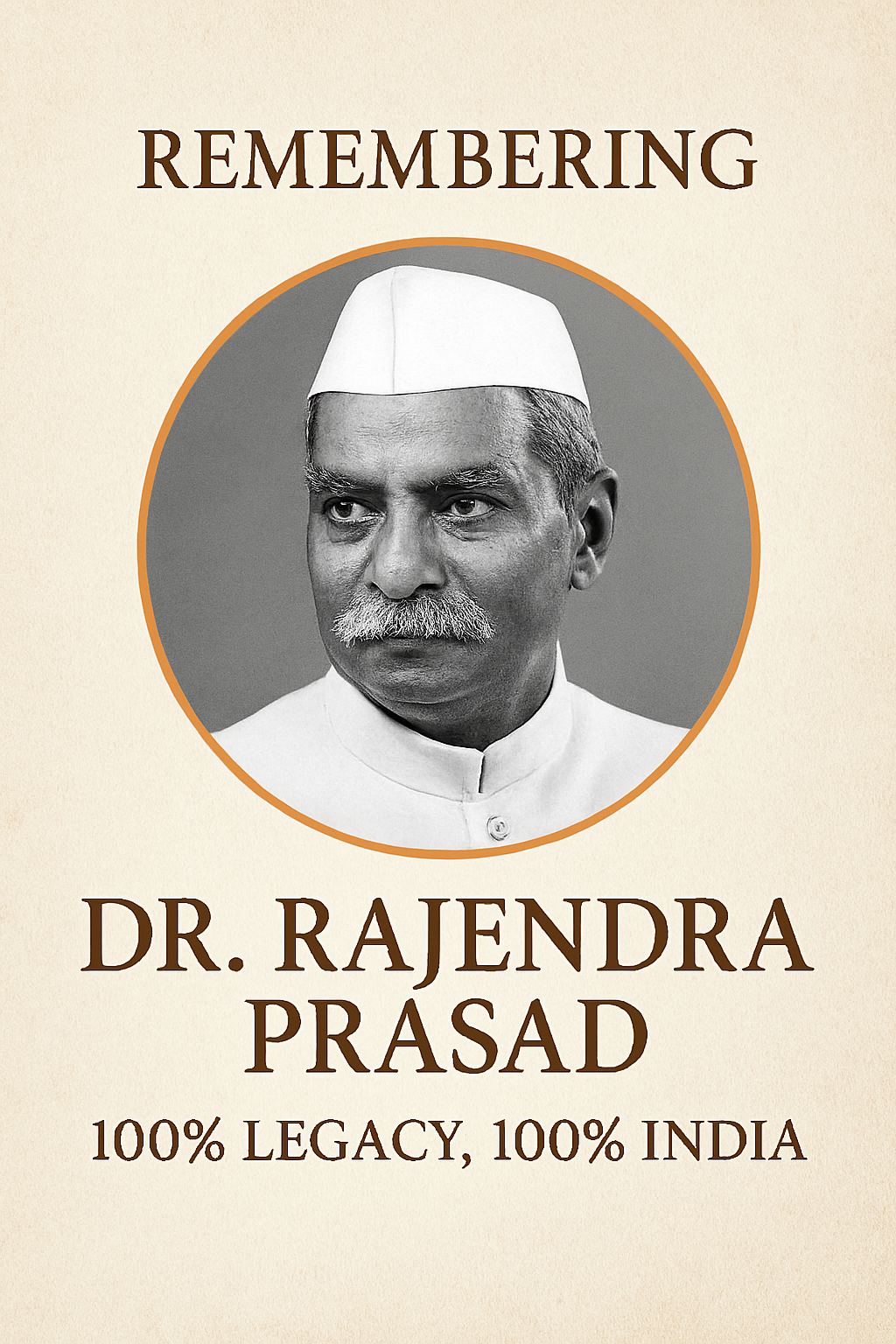
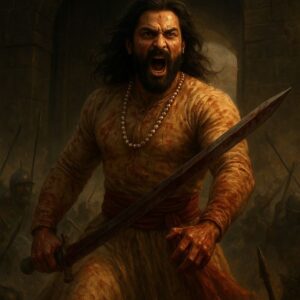
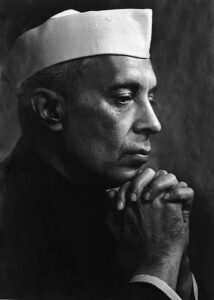
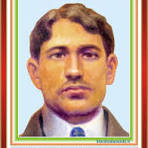
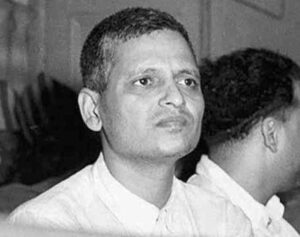
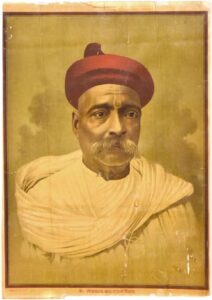
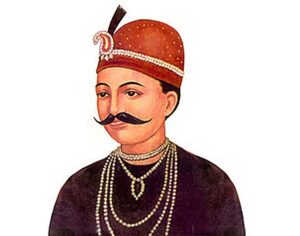
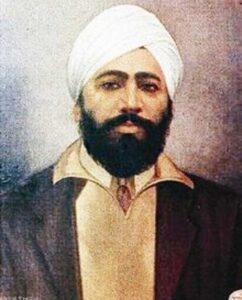
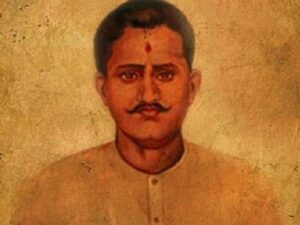
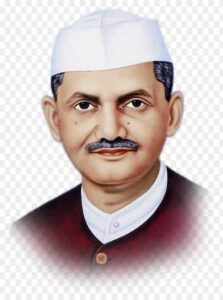
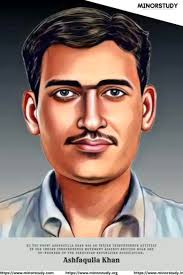
2 comments